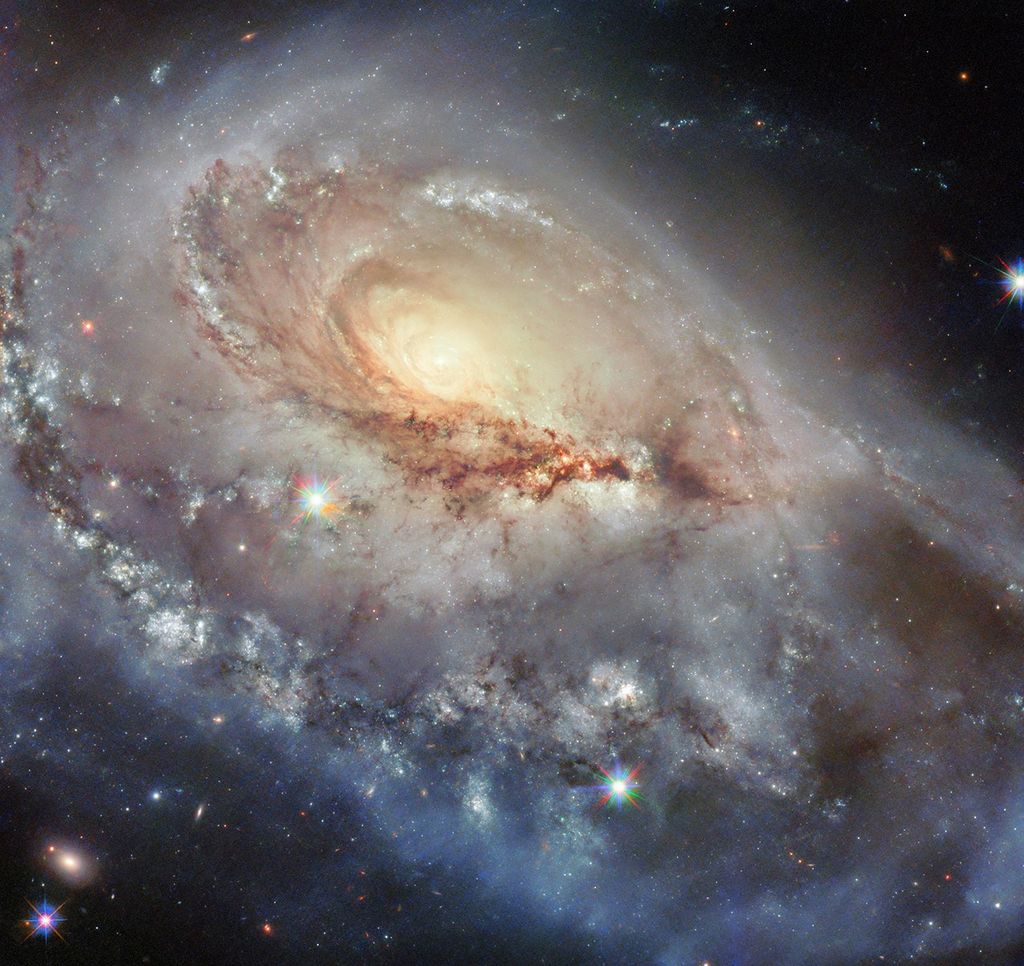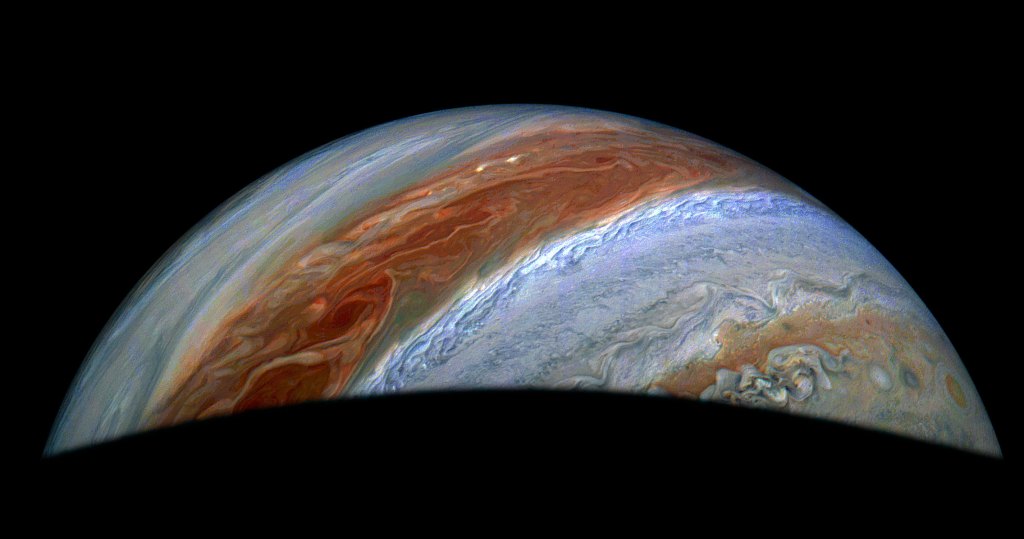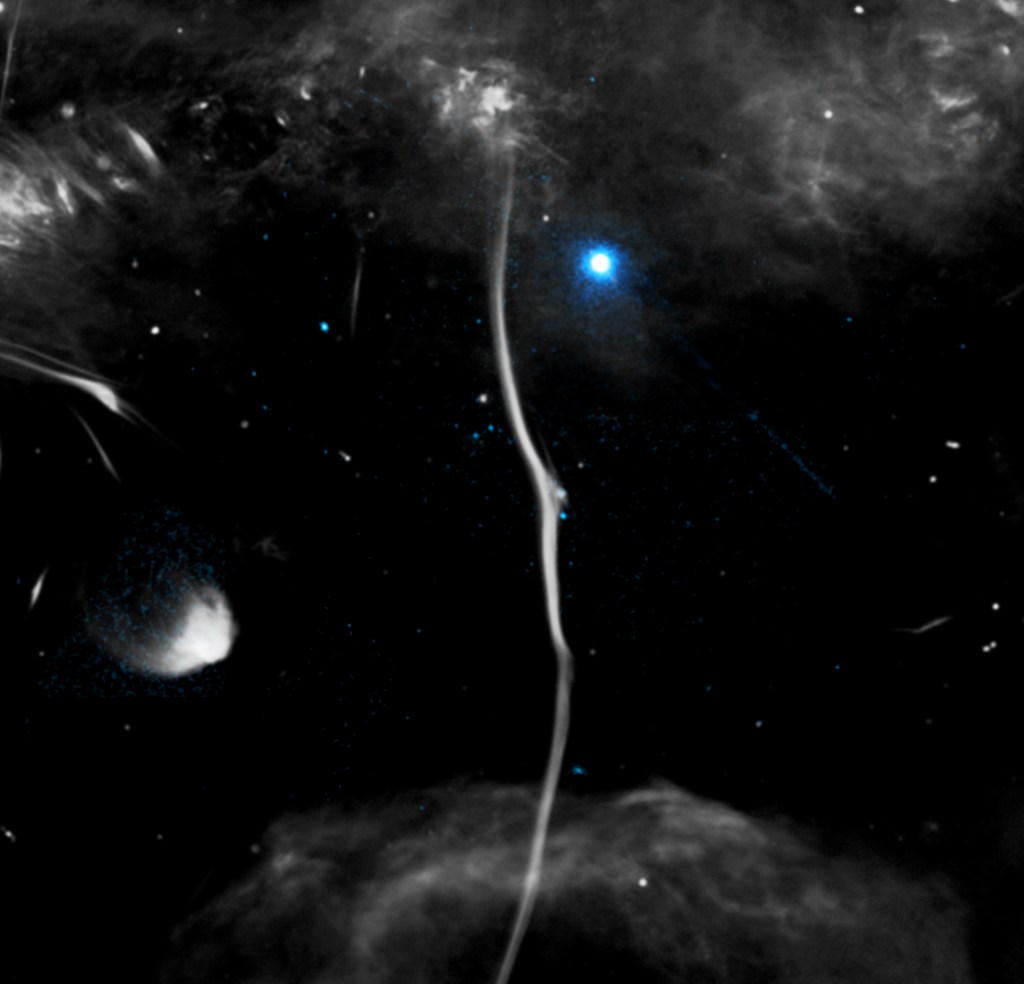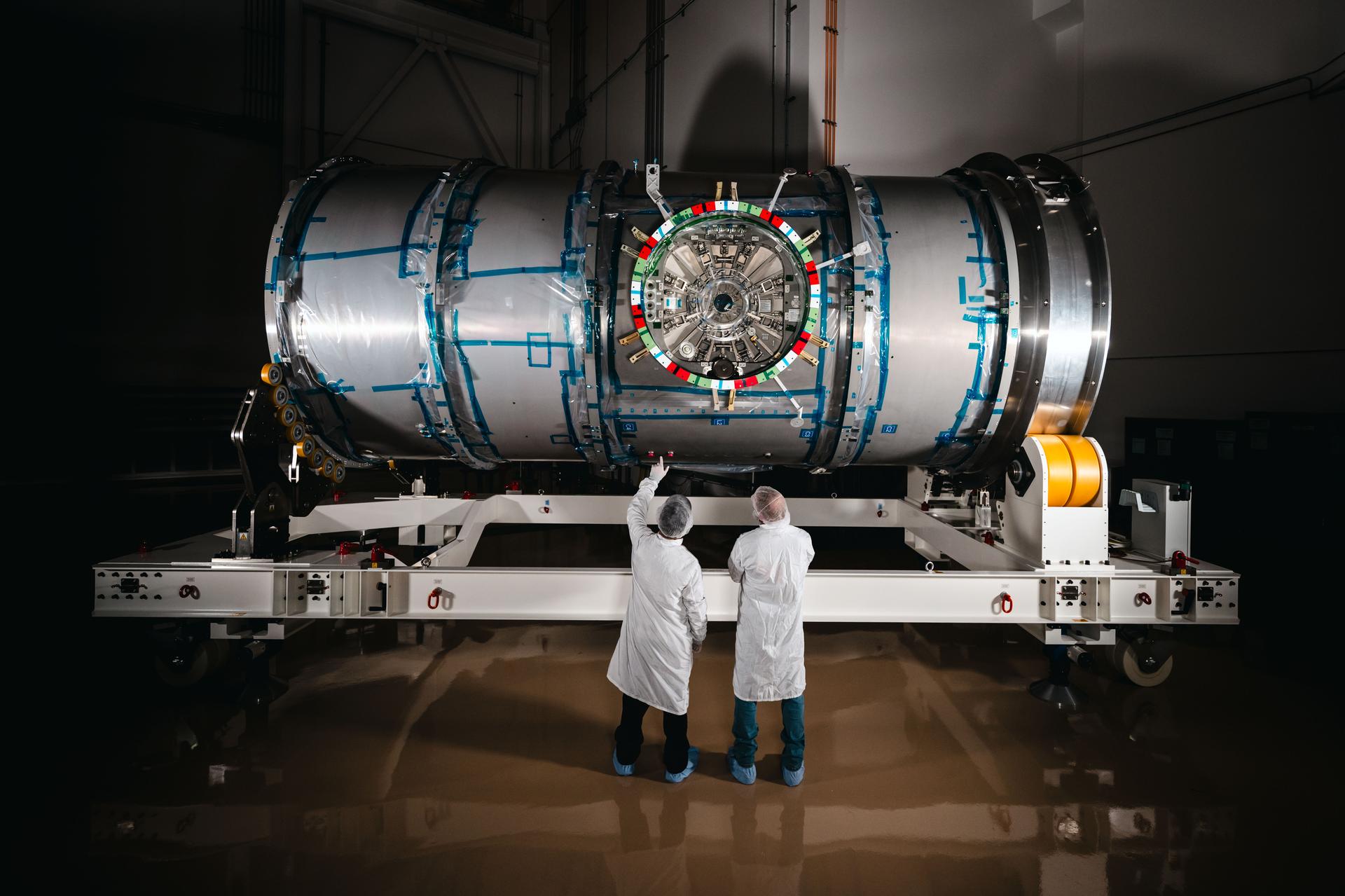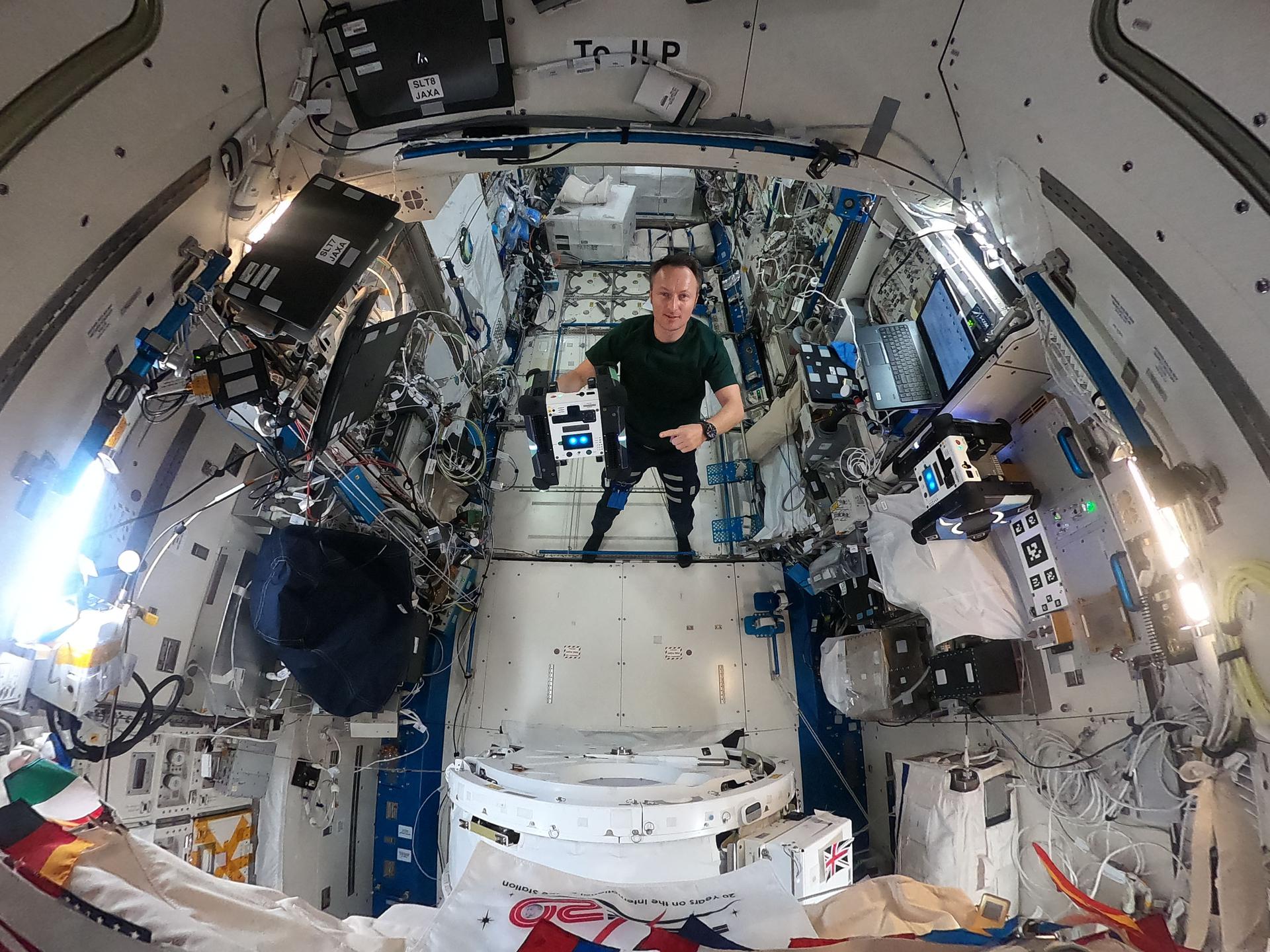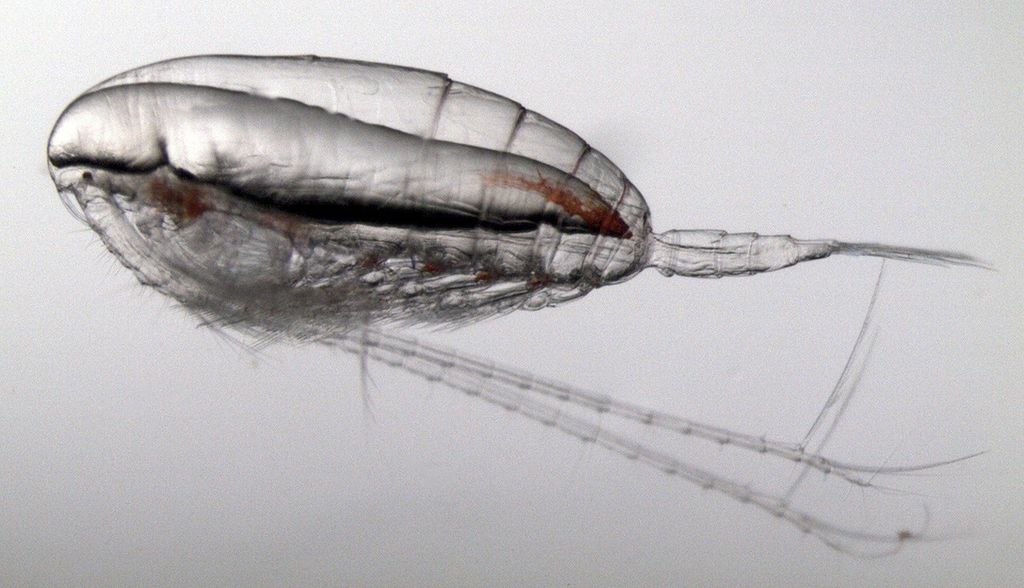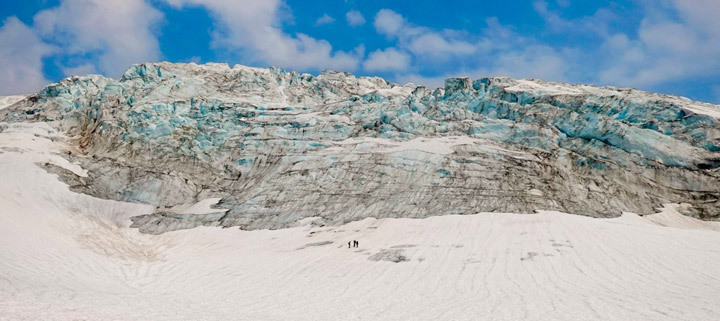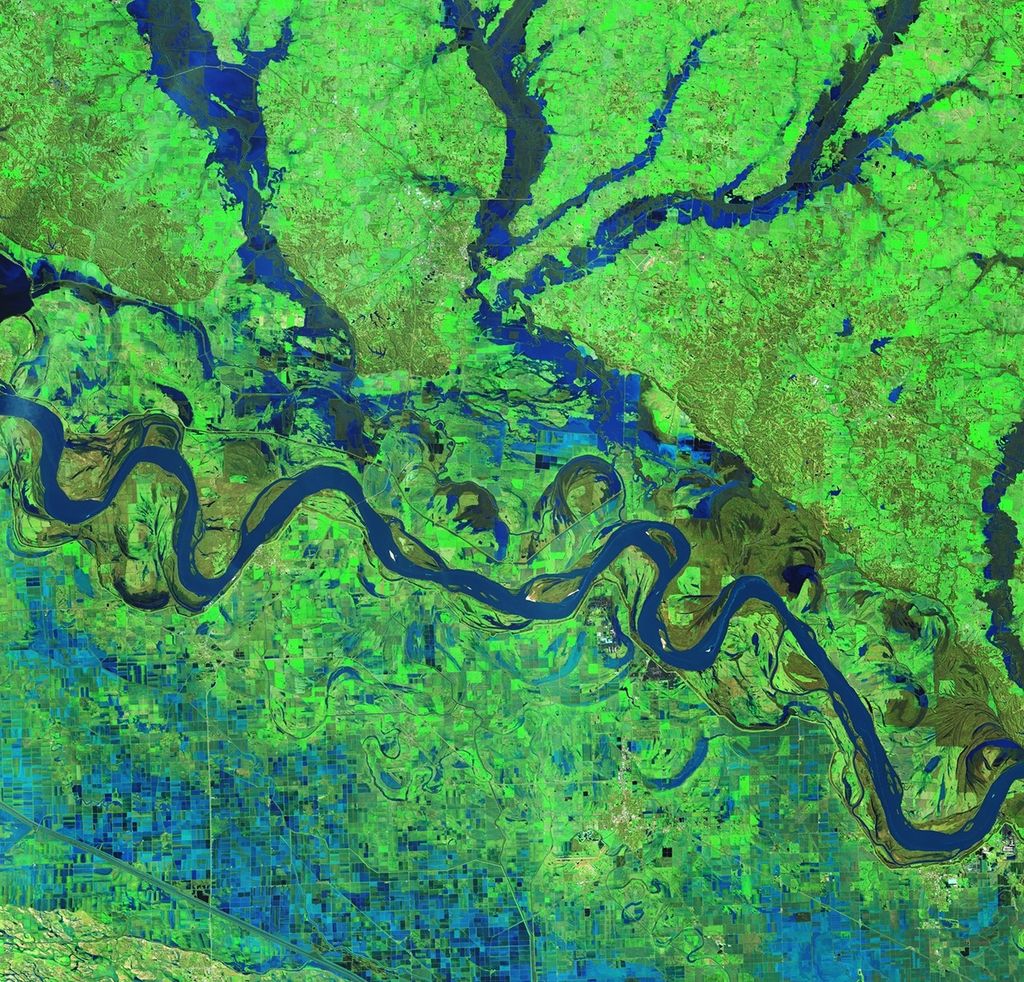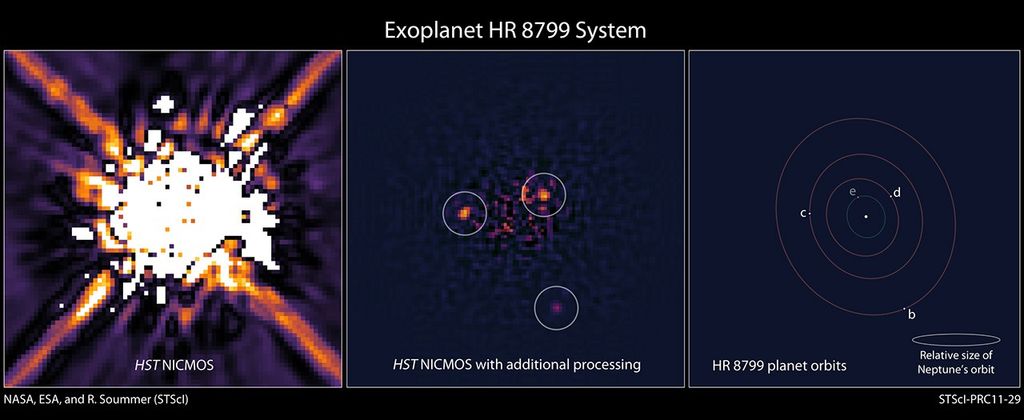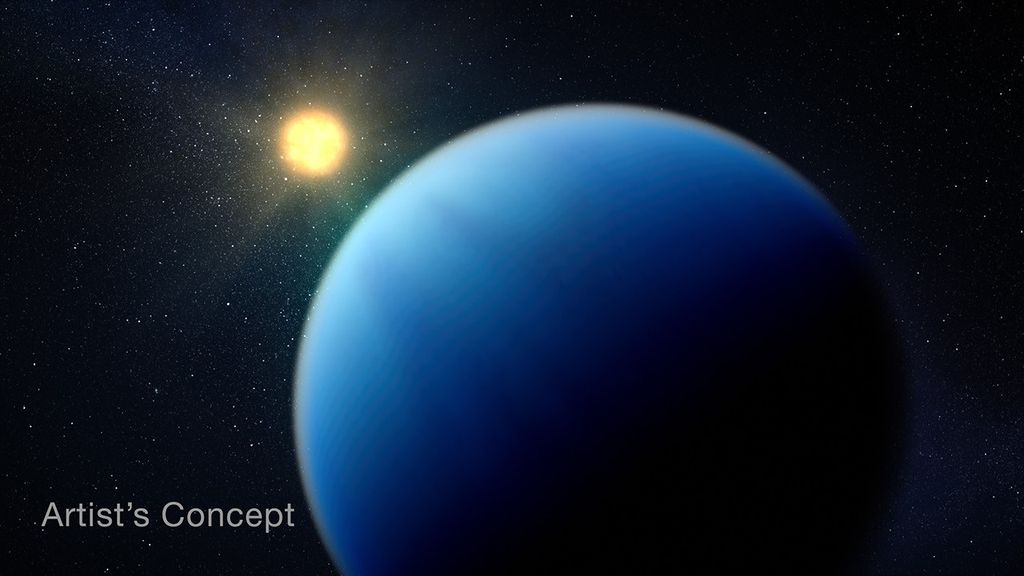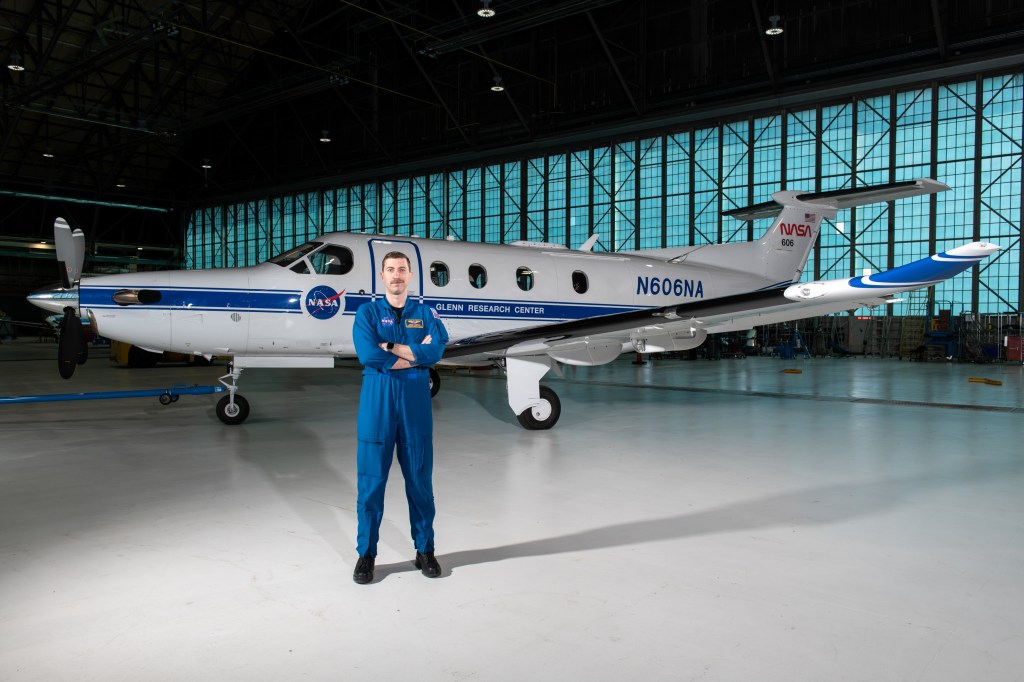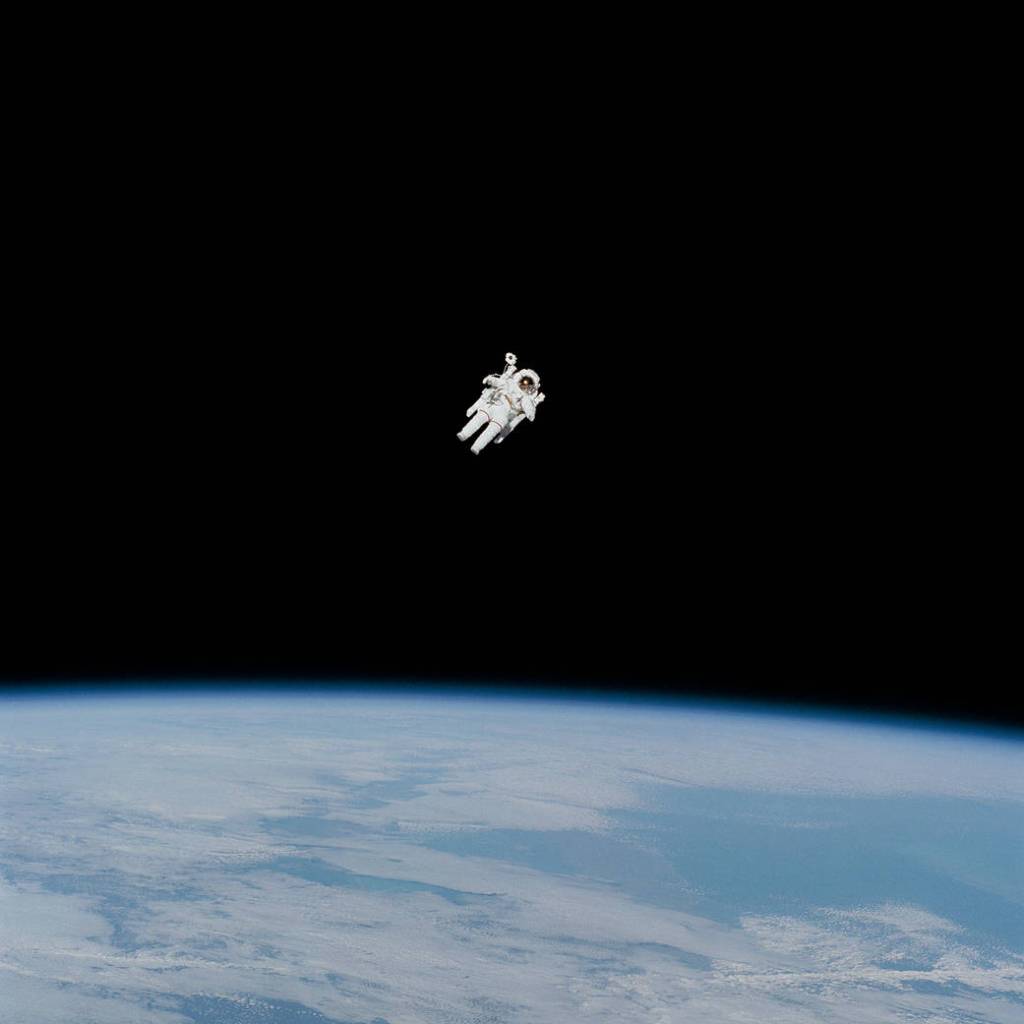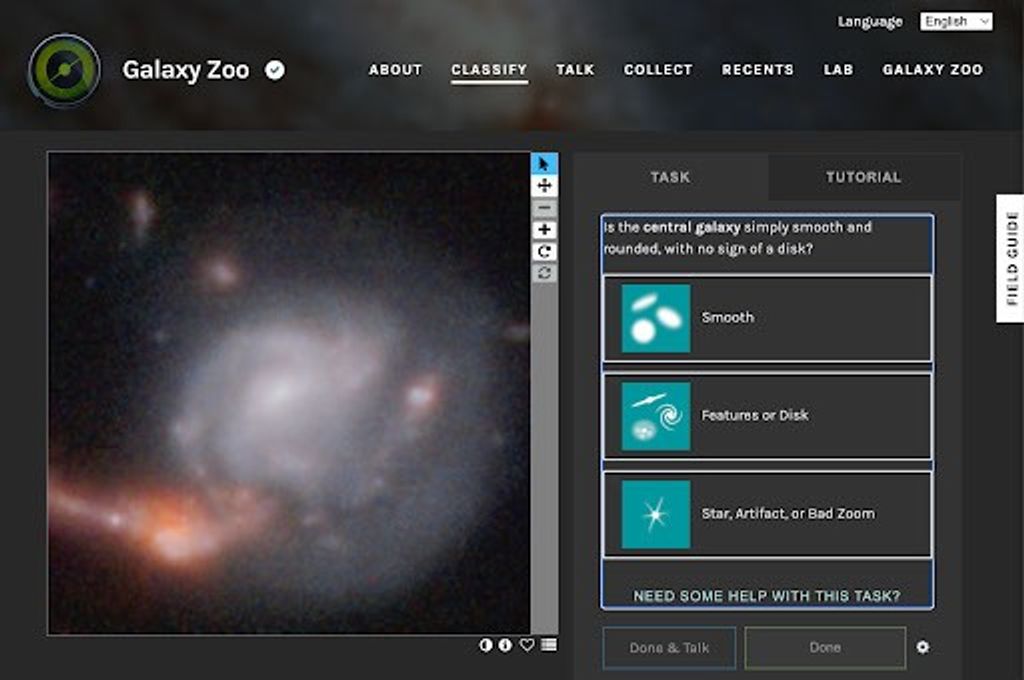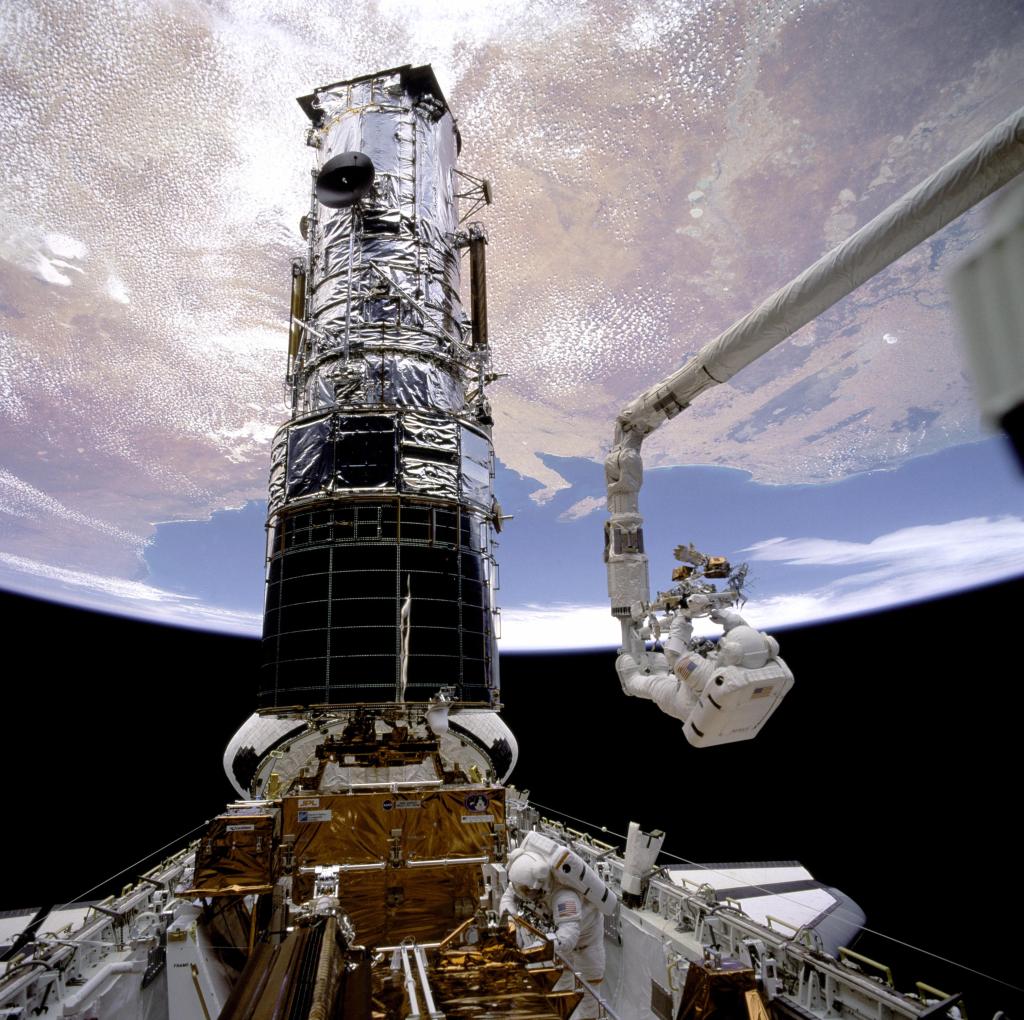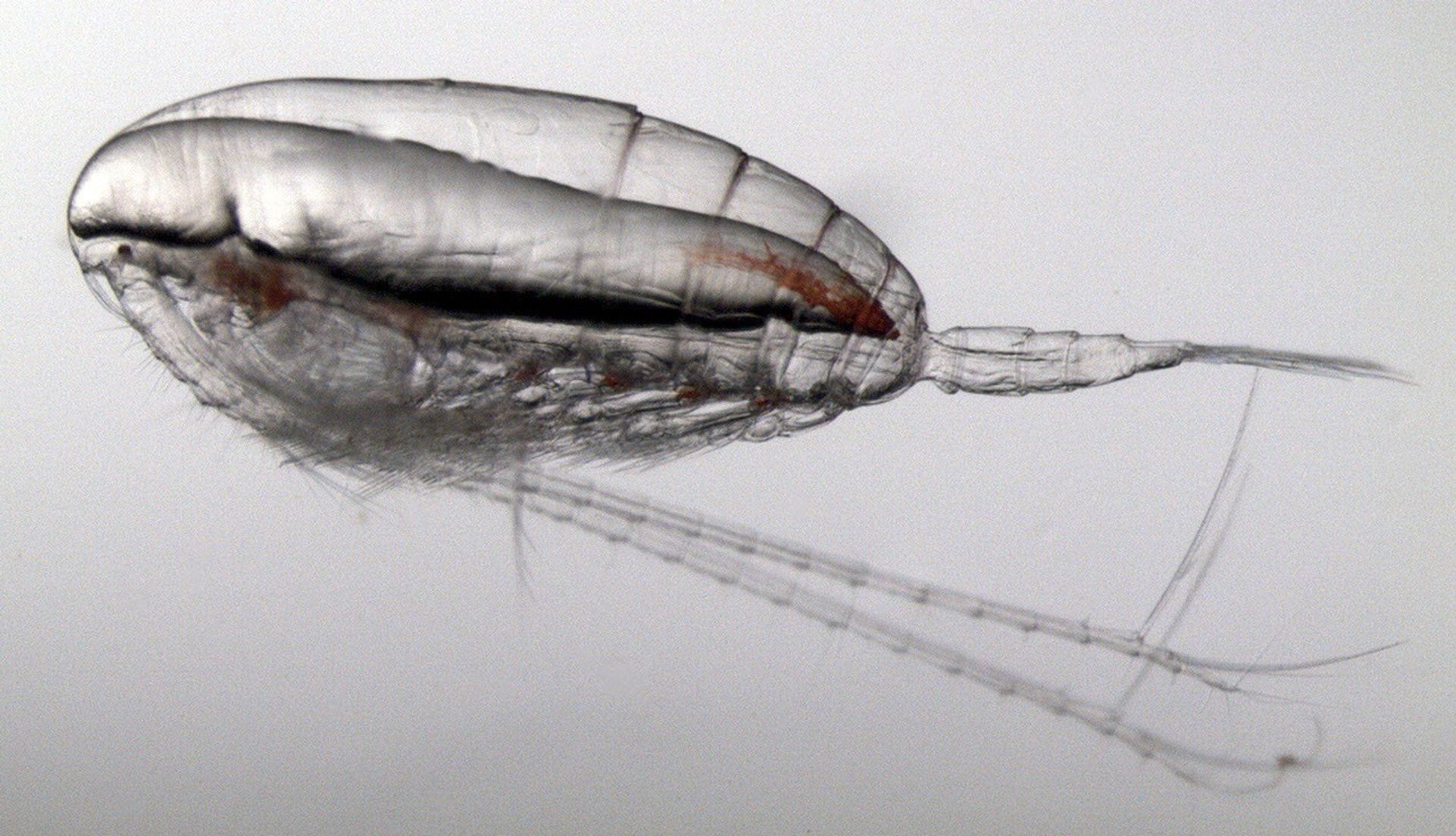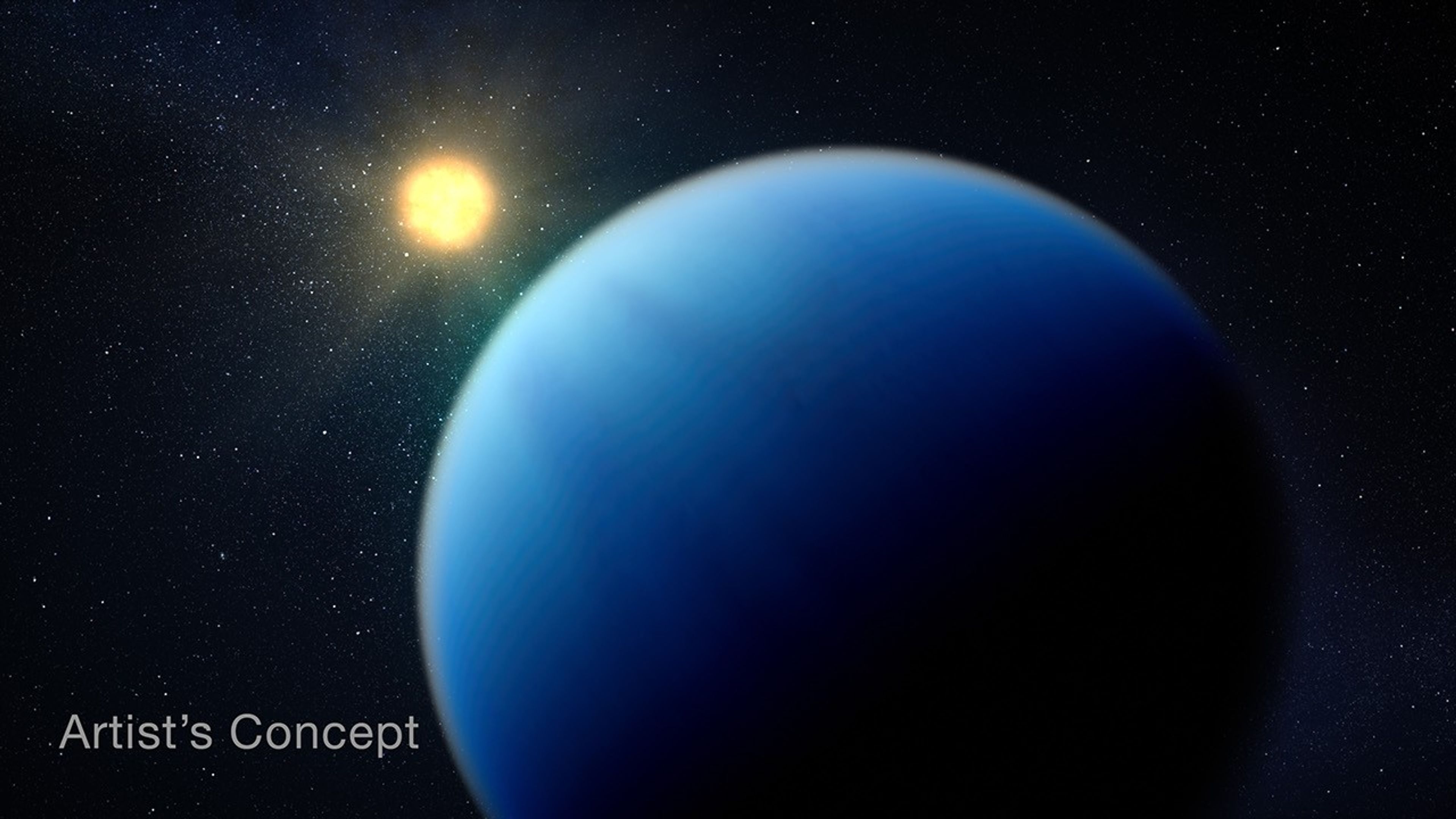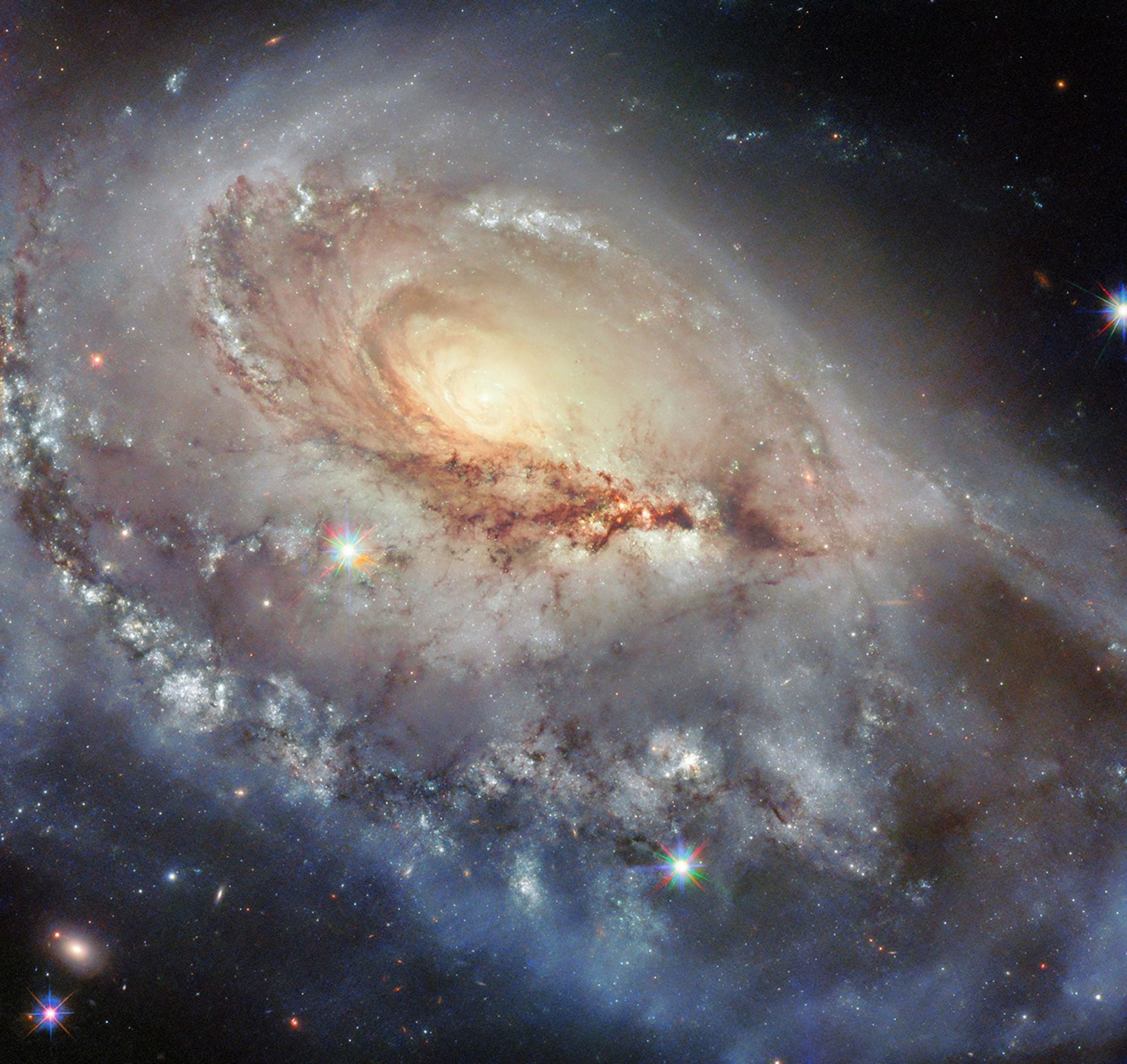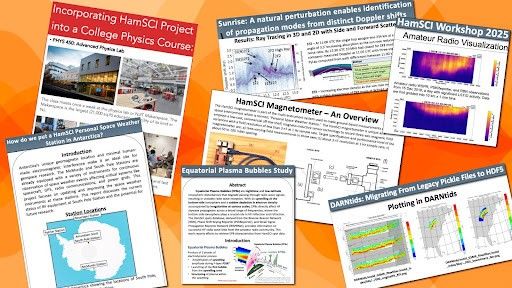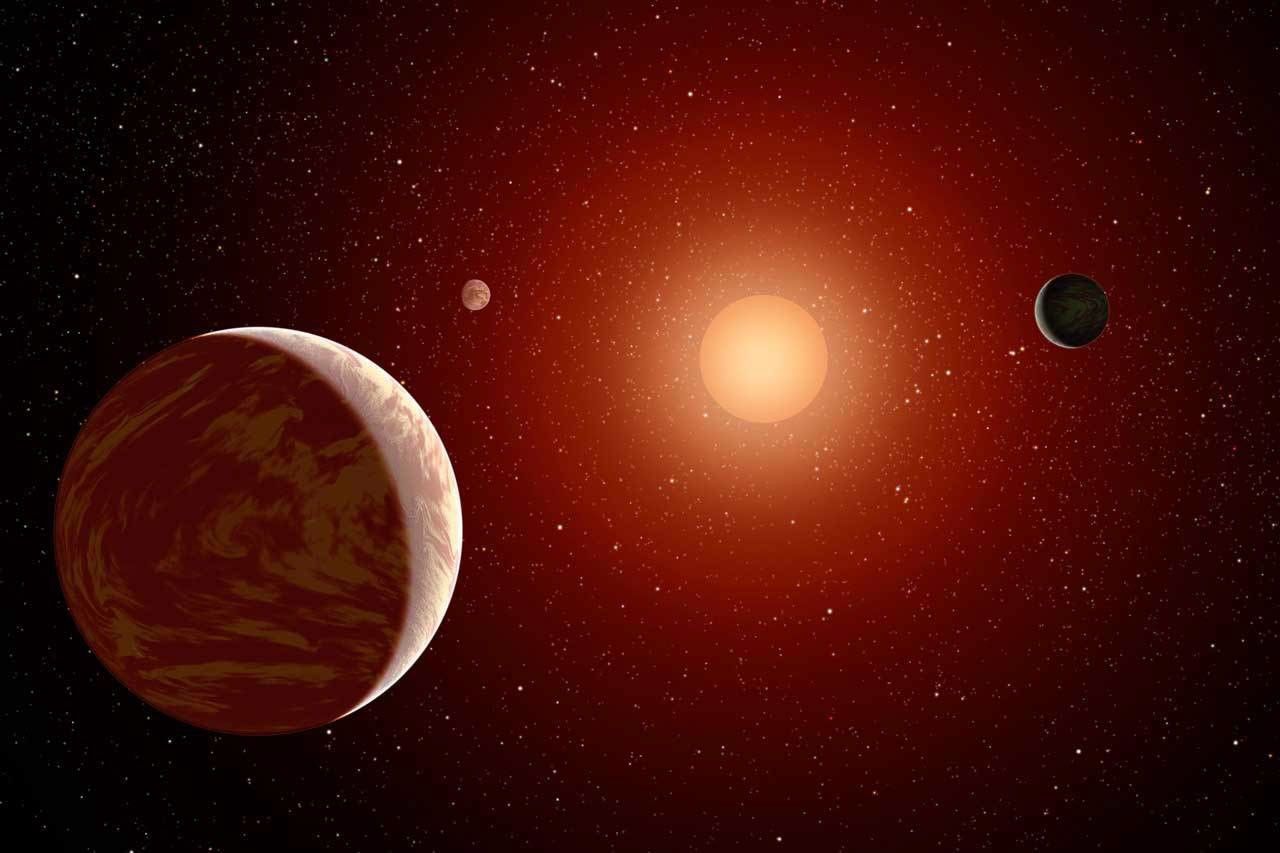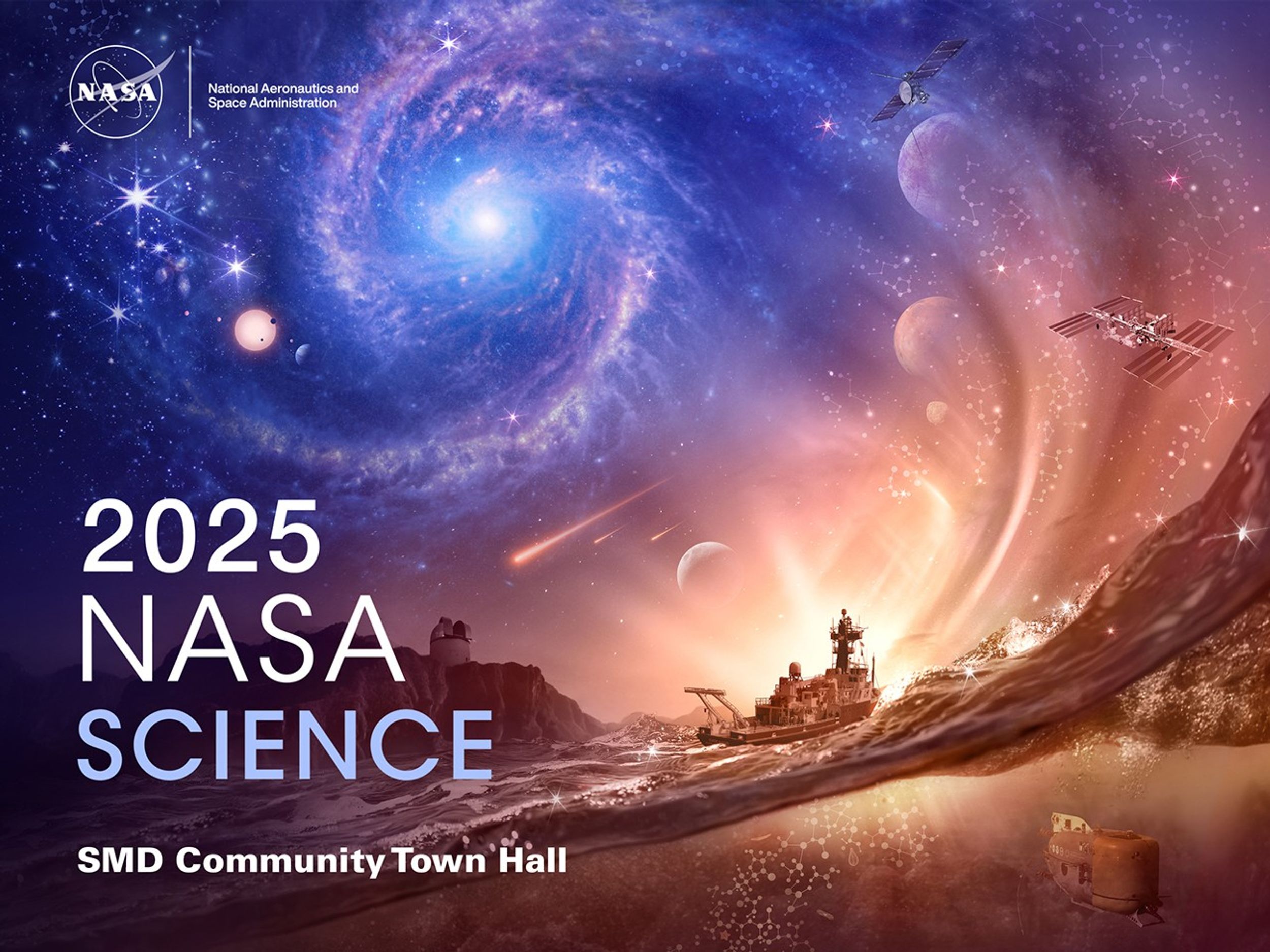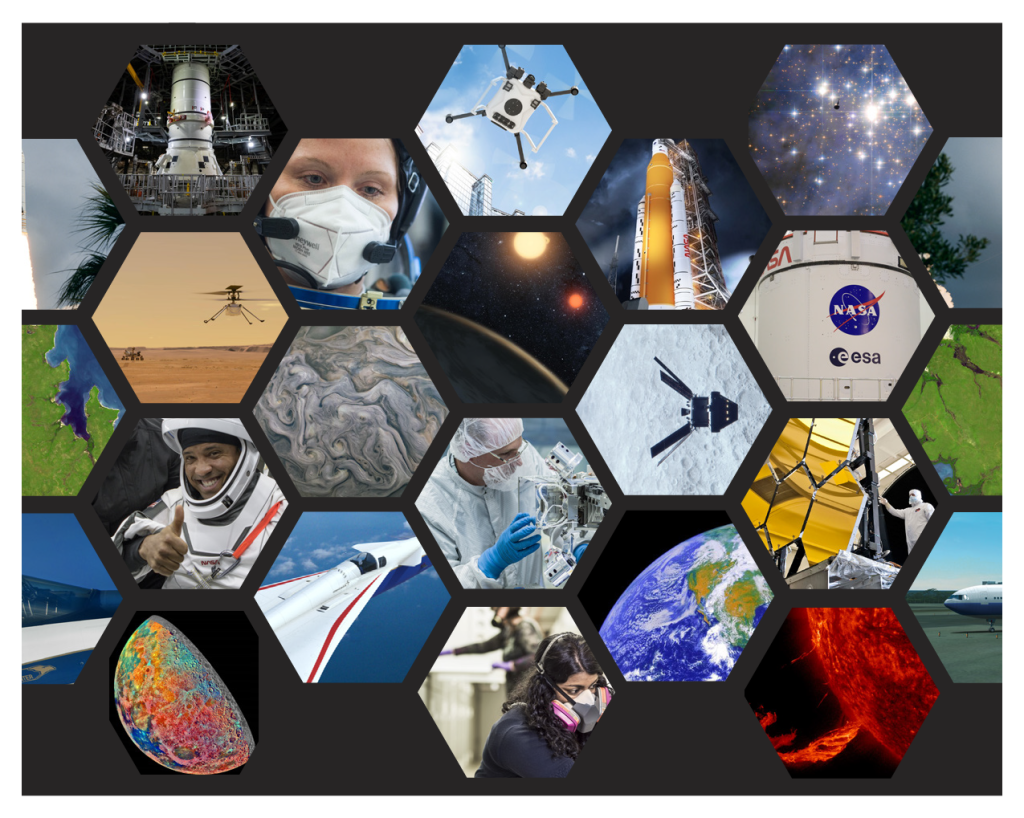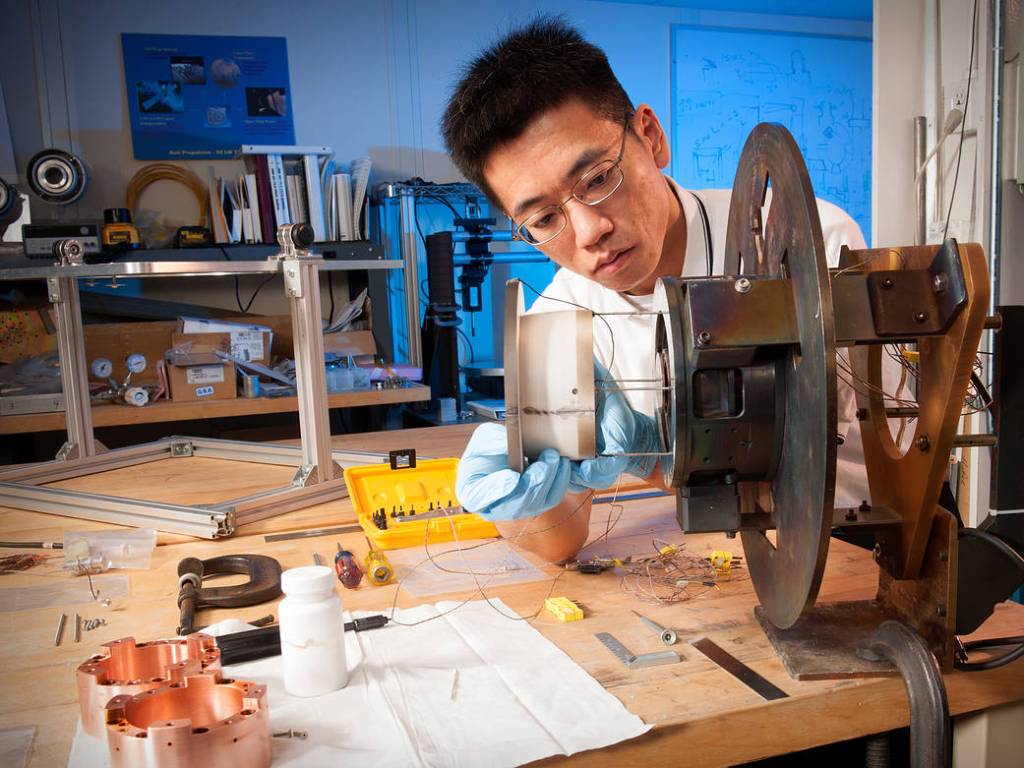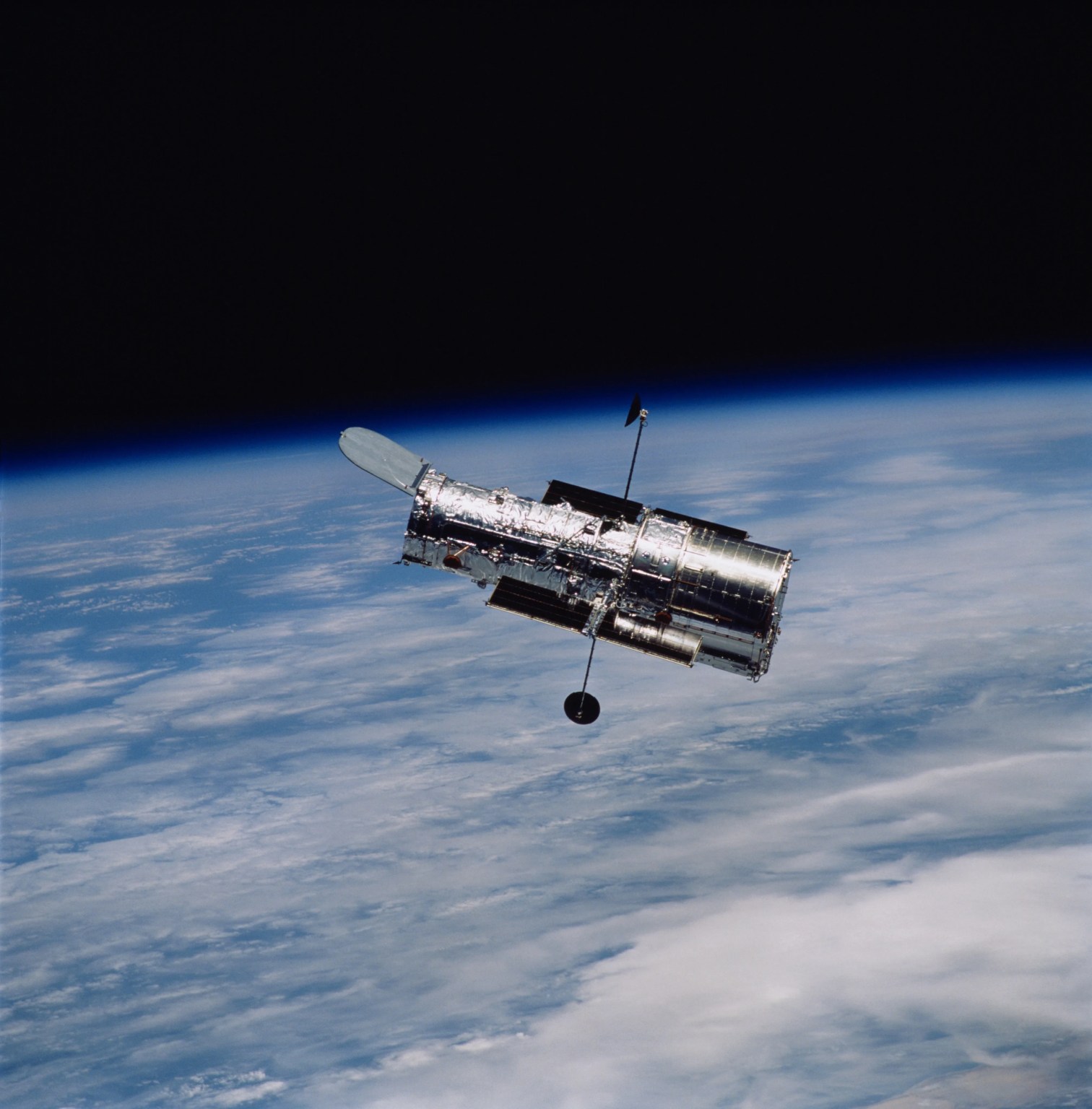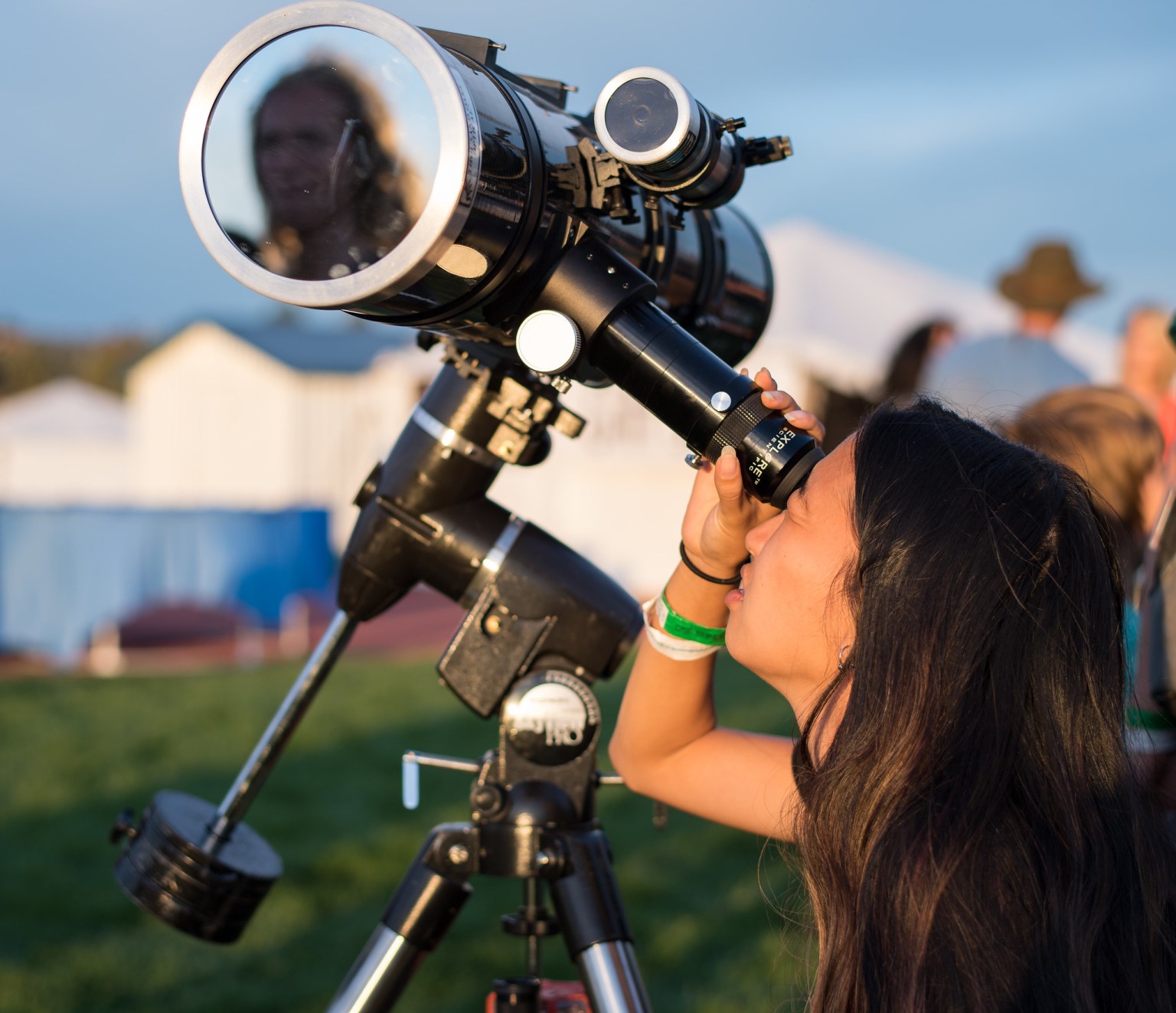NASA Science
NASA Science seeks to discover the secrets of the universe, search for life elsewhere, and protect and improve life on Earth and in space.
Peek Into May’s Cosmos
What's up
May calendar image
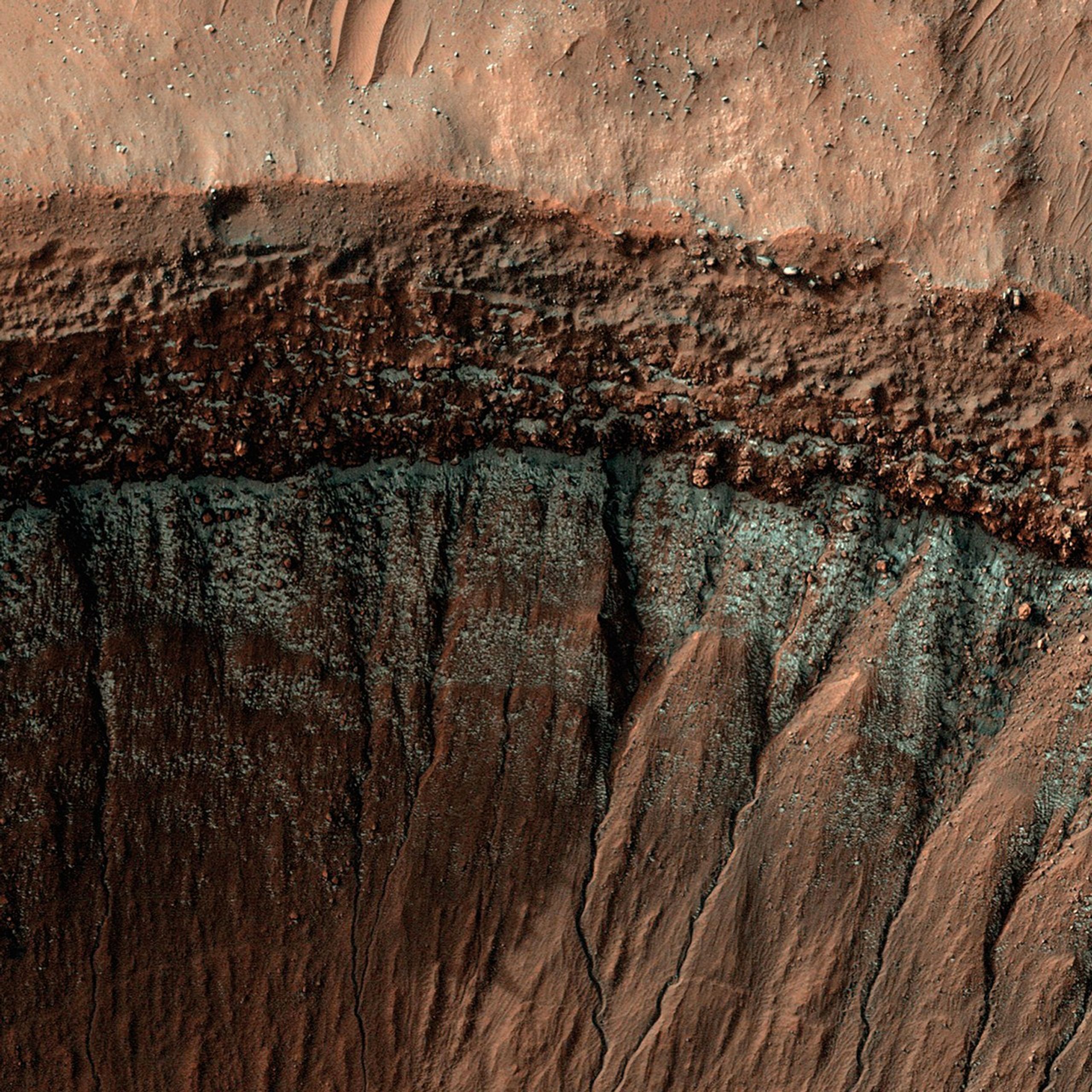
Featured Missions
Our mission milestones showcase the breadth and depth of NASA science.
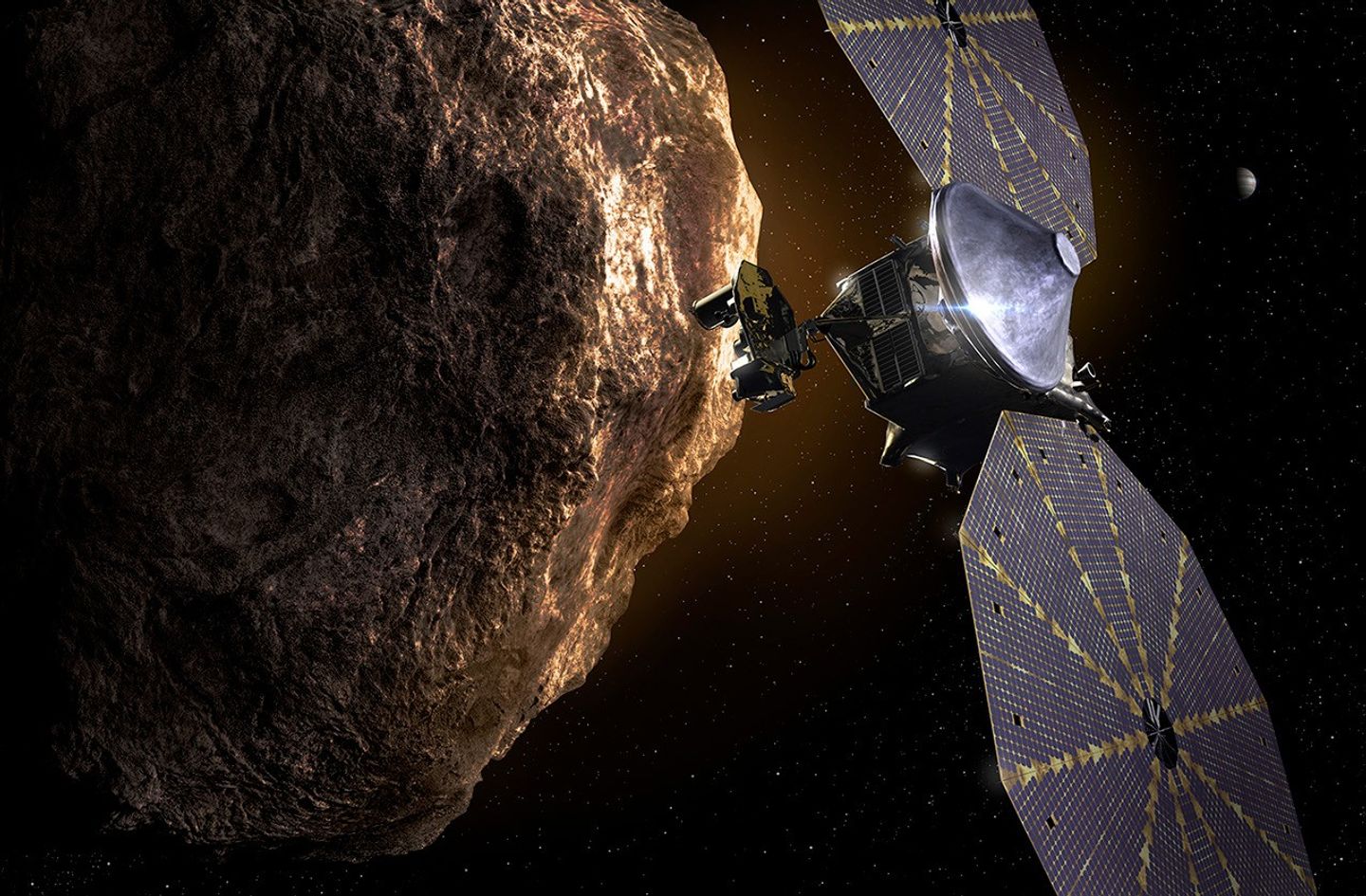
Lucy
The Lucy mission captured stunning, detailed images of asteroid Donaldjohanson during a fly by on April 20, 2025, as the spacecraft heads towards the distant Trojan asteroids.

NEO Surveyor
NEO Surveyor is expected to launch no earlier than September 2027. It is the first space telescope specifically designed to hunt asteroids and comets that may be potential hazards to Earth.

PACE
PACE is celebrating one year in orbit, tracking ocean health, air quality, and climate. Its data is helping us understand how carbon moves between the ocean and atmosphere.
What’s Up: May 2025 Skywatching Tips
Find a pair of planets in the sky both in the evenings and mornings, have a look for the Eta Aquarid meteors, and join the watch for the brief and brilliant appearance of a “new star” – an anticipated nova explosion in the Corona Borealis constellation.
More May Skywatching TipsNASA’s SPHEREx Space Telescope Begins Capturing Entire Sky
After weeks of preparation, the space observatory has begun its science mission, taking about 3,600 unique images per day to…
Read the Story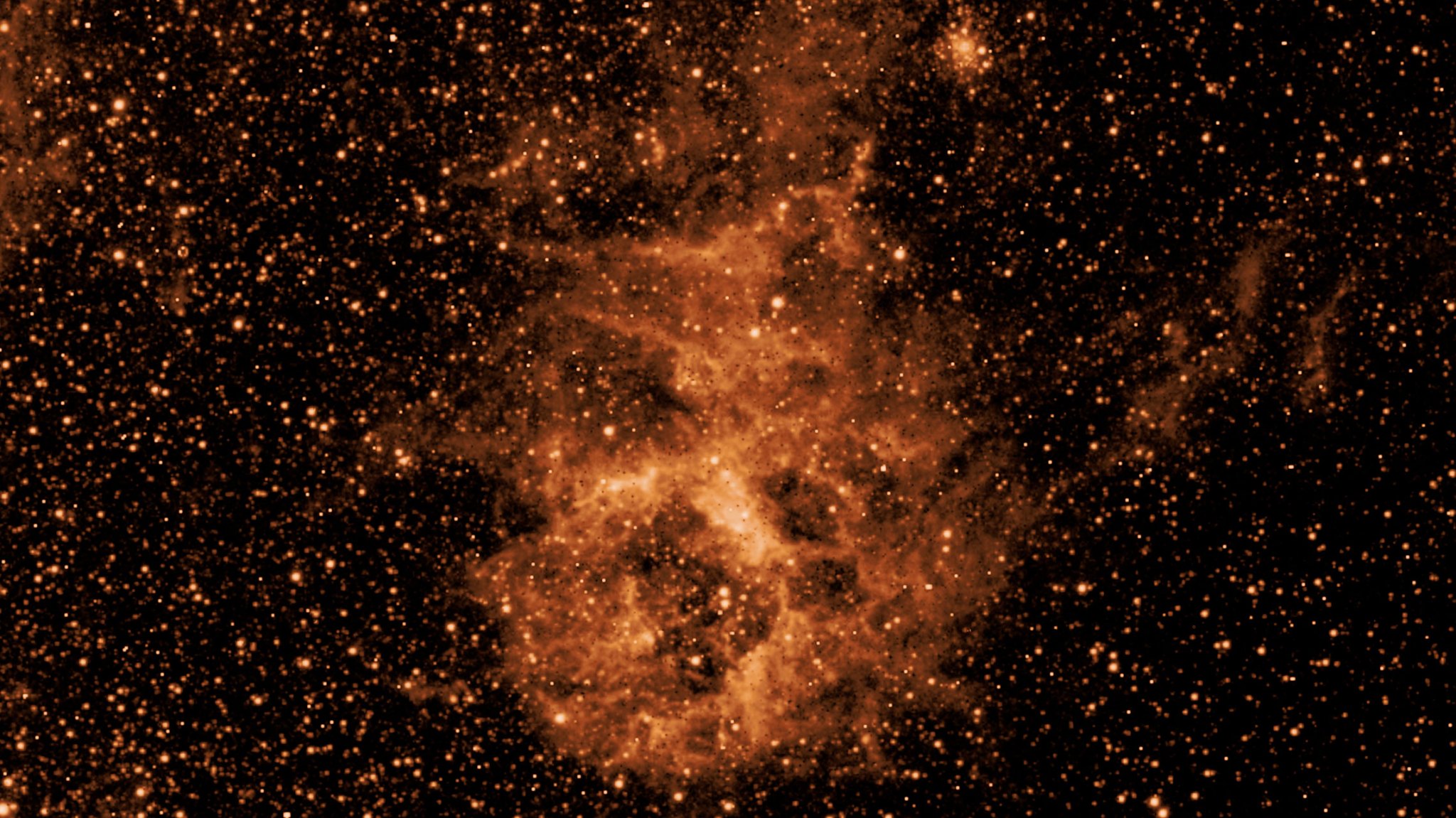
Nicky Notes
To the NASA Science Community – <br>As the nation’s leader in Earth and space science, NASA Science operates within the broader context of the federal government and its priorities. As part of the Executive Branch, we are always responsive to the direction set by the Administration, including executive orders and policy guidance that relate to our programs and activities.
Continue reading Nicky Notes…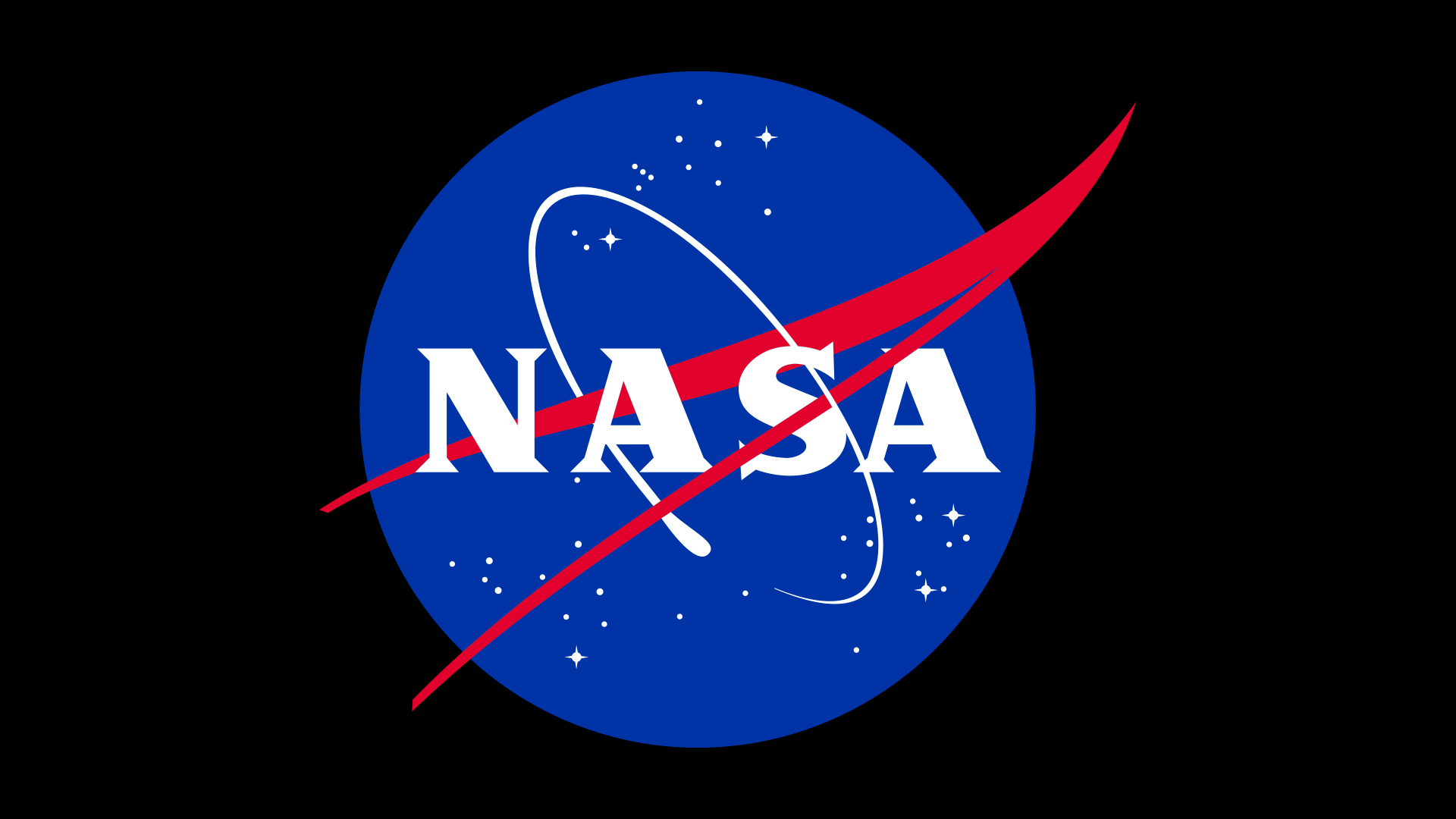
Astrophysics
Studying the universe, pushing the boundaries of what is known of the cosmos, and sharing its discoveries for all of humanity.
Dive into the Universe about Astrophysics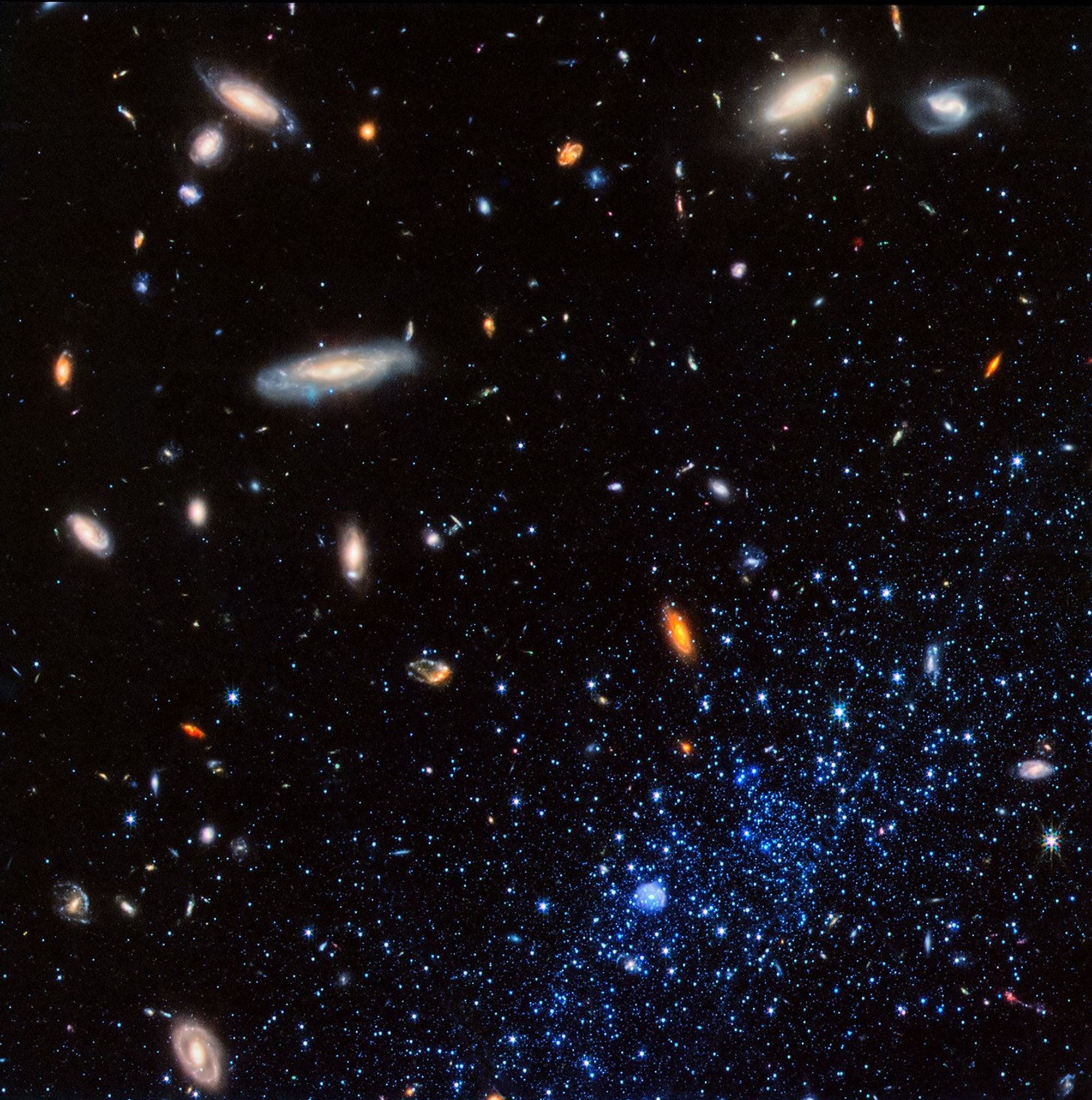
How we Look at Earth
Explore our changing planet
Earth is our home, shared with millions of species. Rapid changes like rising temperatures and more frequent extreme weather are transforming our planet. For over 50 years, observations from space and ground have monitored these changes, guiding critical decisions in areas like agriculture and air quality. By understanding how our actions affect Earth's systems, we can help mitigate these impacts. Discover more about how you can make a difference in safeguarding our planet.
Visit the Earth Information Center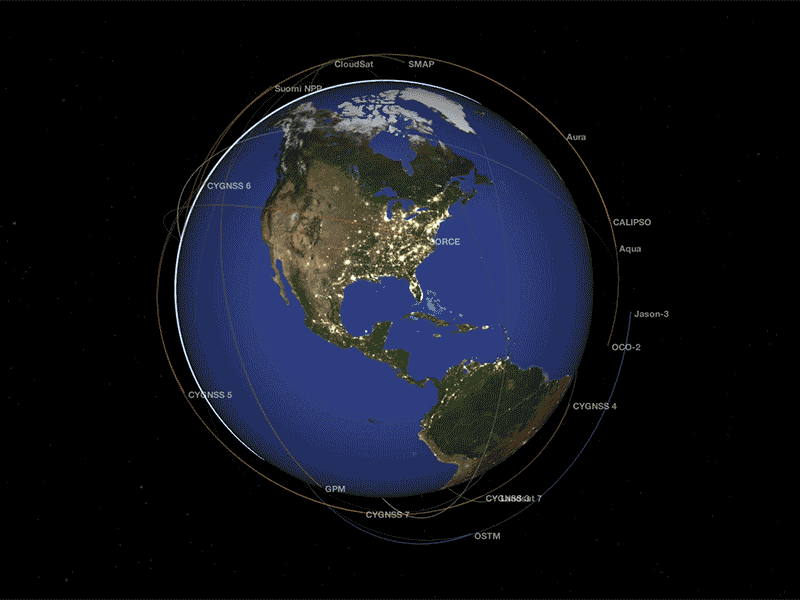
By the Numbers
Science is interconnected; no important question stands alone. The Science Mission Directorate (SMD) is an organization where discoveries in one scientific discipline have a direct route to other areas of study. This flow is something extremely valuable and is rare in the scientific world.
Learn More about Science by the Numbers

